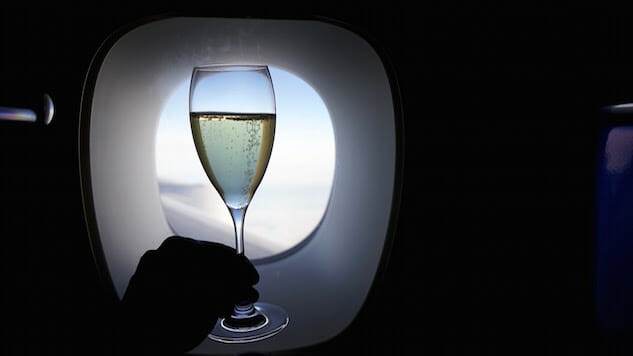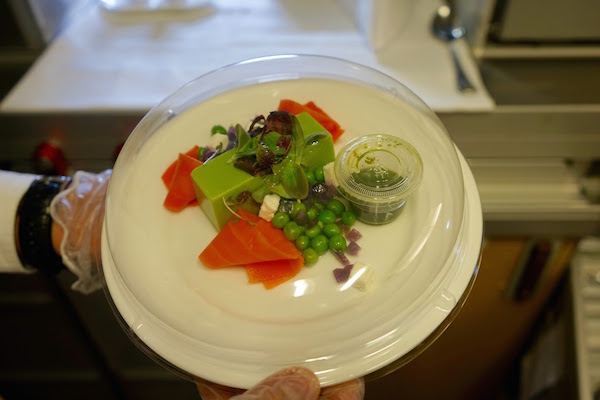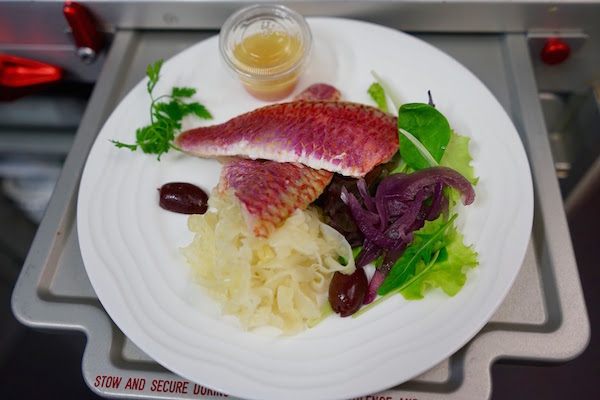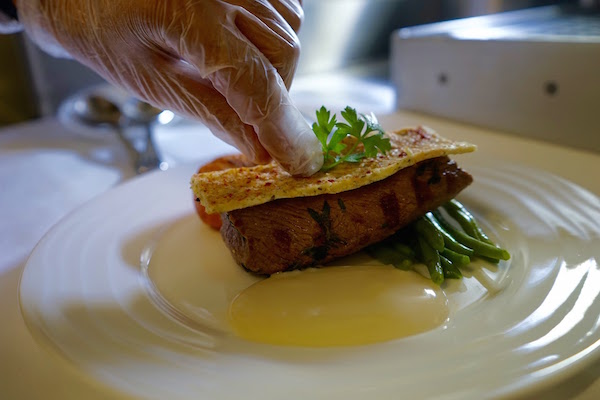The Secret Life of Airplane Food
Photos by Melissa Kravitz
In-flight service is a tricky business. Not only do flight attendants have to take orders in the air and serve hot beverages and steamy trays without spilling on passengers confined to their seats for hours on end, but in the upper tier classes, flight attendants double as chefs, plating multi-course meals in air to rival those of a restaurant, all in the confines of an airline prep space only slightly larger than the bathrooms.
After several rounds of impressively plated in-flight meals (a mezze plate on Emirates that rivaled that of the Mediterranean restaurant in my Greek neighborhood, a casual salmon salad on United that was plated cleaner than I’d piece a place of fish in a non-moving kitchen at home), my curiosity rose. How are these service magicians doing this? How are they preparing and plating food that’s completely Foodstagrammable when I can barely read a book in air? (Thanks, motion sickness.)
On a recent Emirates flight returning to NYC from Milan, I took a field trip up to first class to see how this all goes down.

Those impressively colorful and neat salads and cold dishes? Most are plated by the airline’s catering team on the ground, covered in Saran and then unwrapped and gently garnished before being served. There are plenty of restaurants that use similar methods, and it hardly seems like a cheat when fresh herbs or sauce are drizzled of the pre-plated courses.
-

-

-

-

-

-

-

-

-

-

-

-

-

-

-

-

-

-

-

-

-

-

-

-

-

-

-

-

-

-

-

-

-

-

-

-

-

-

-

-










































